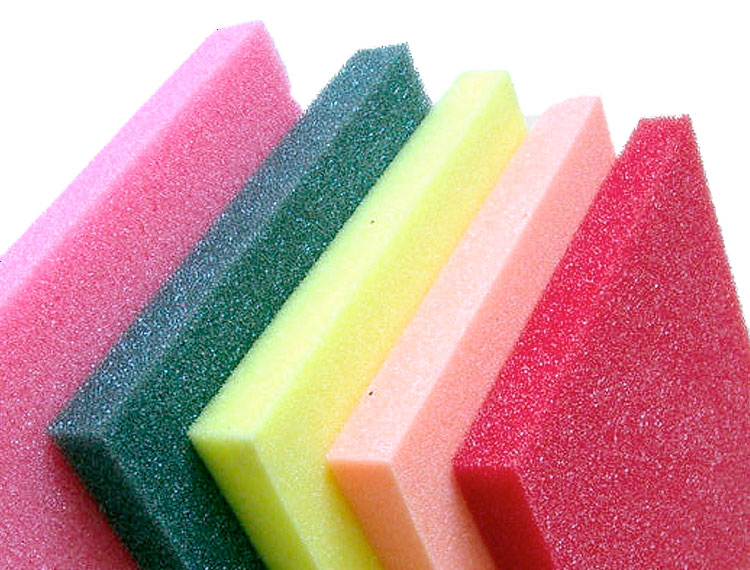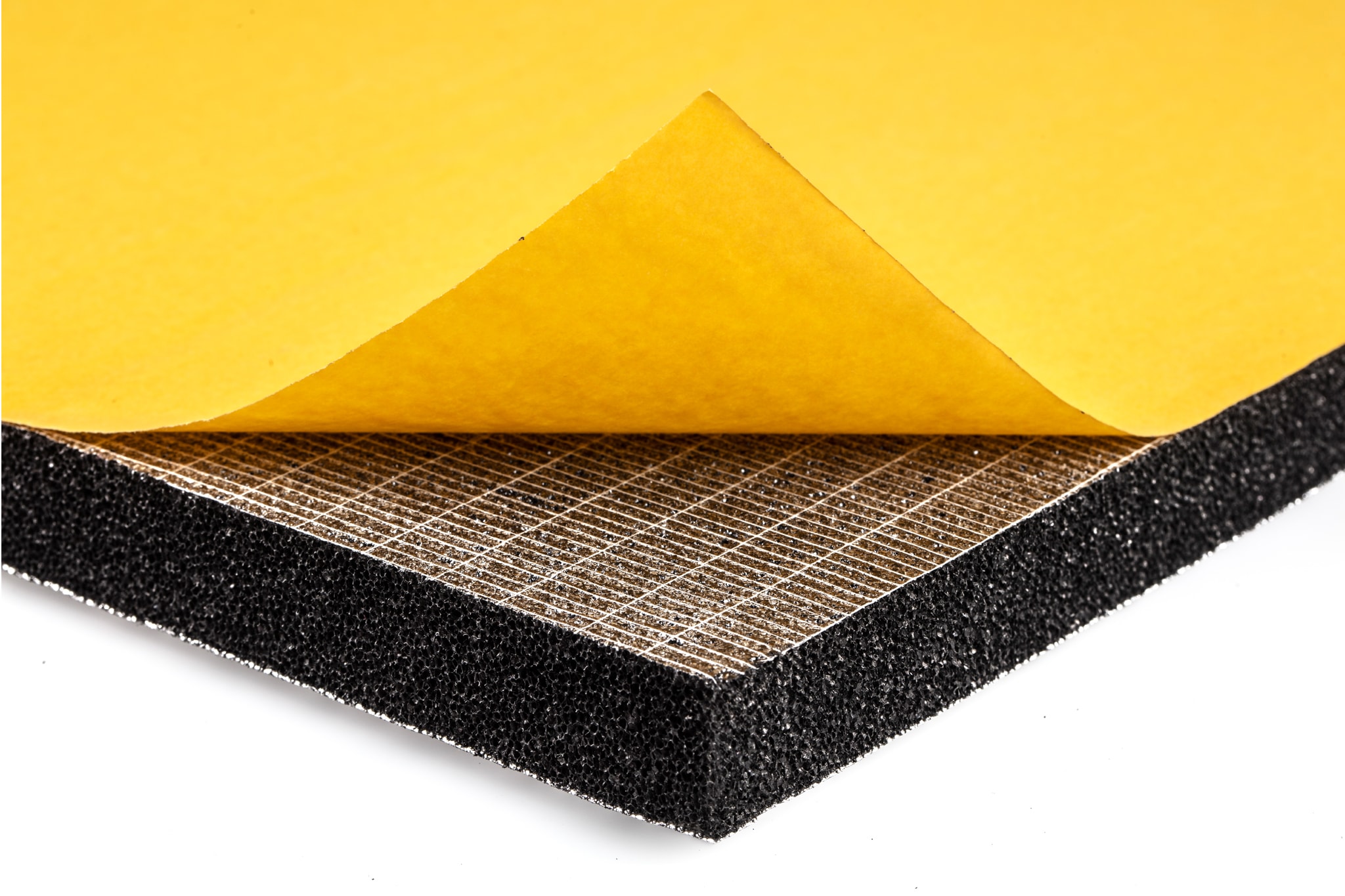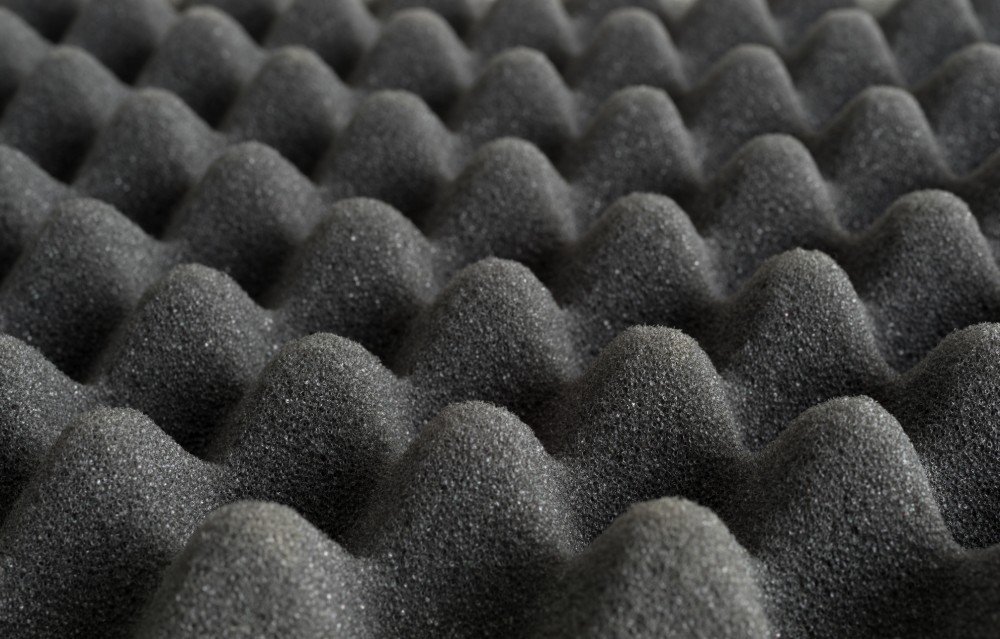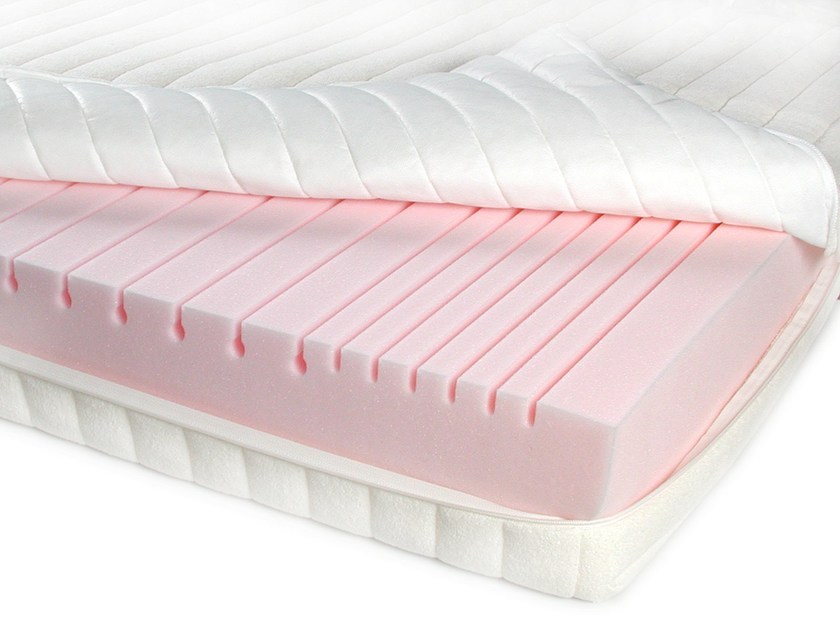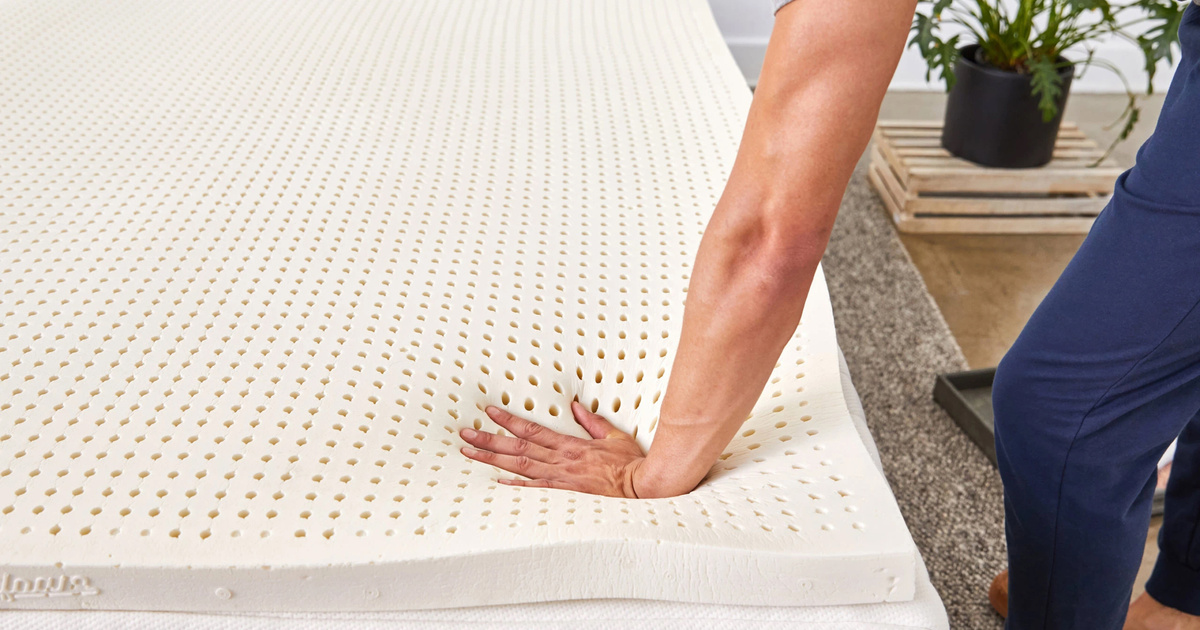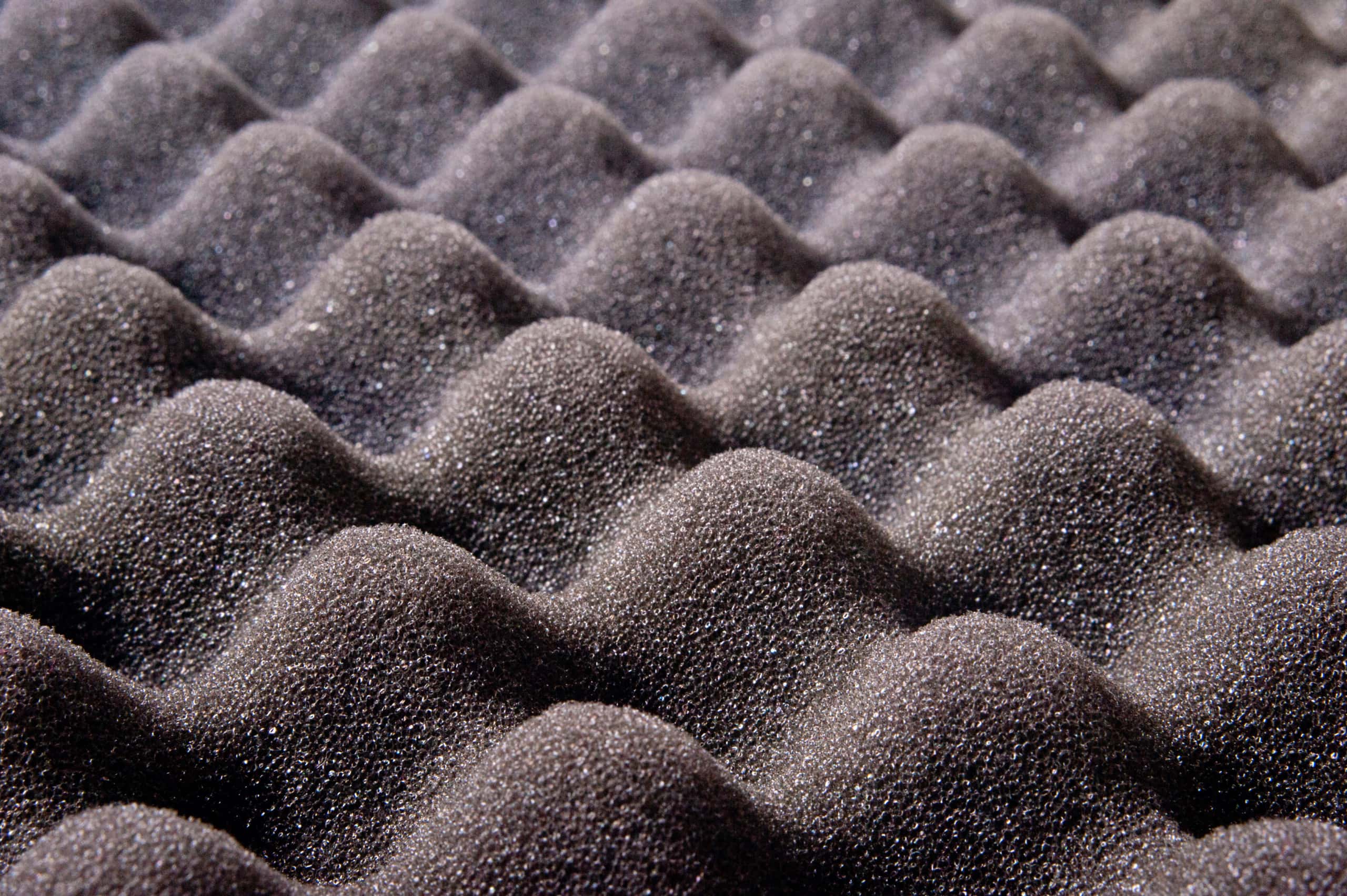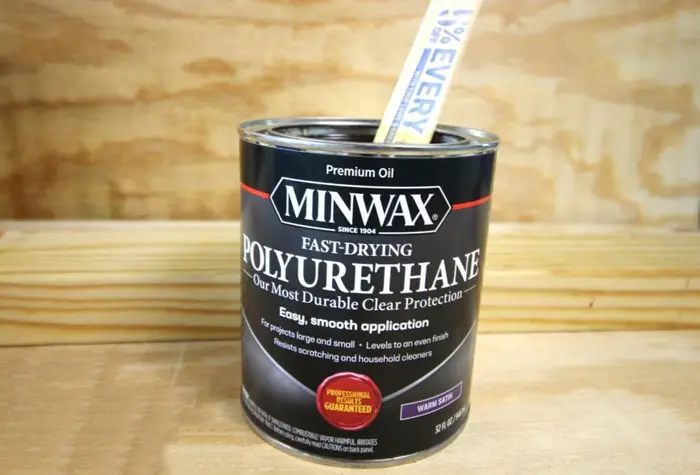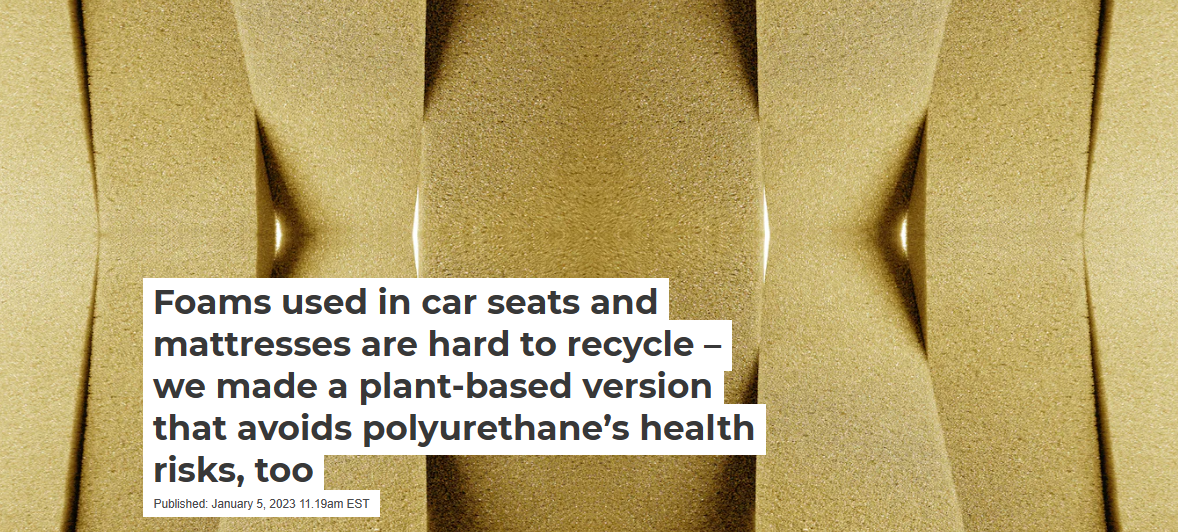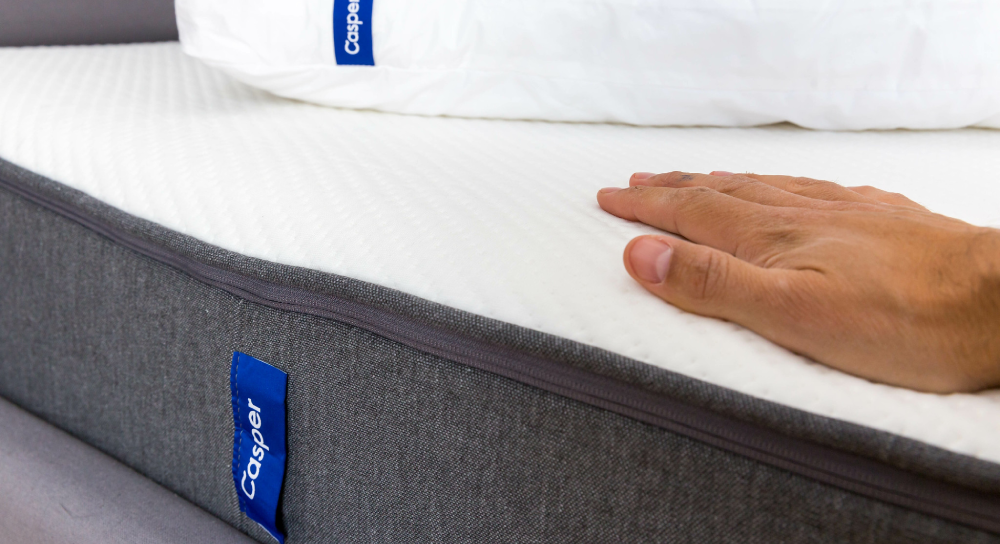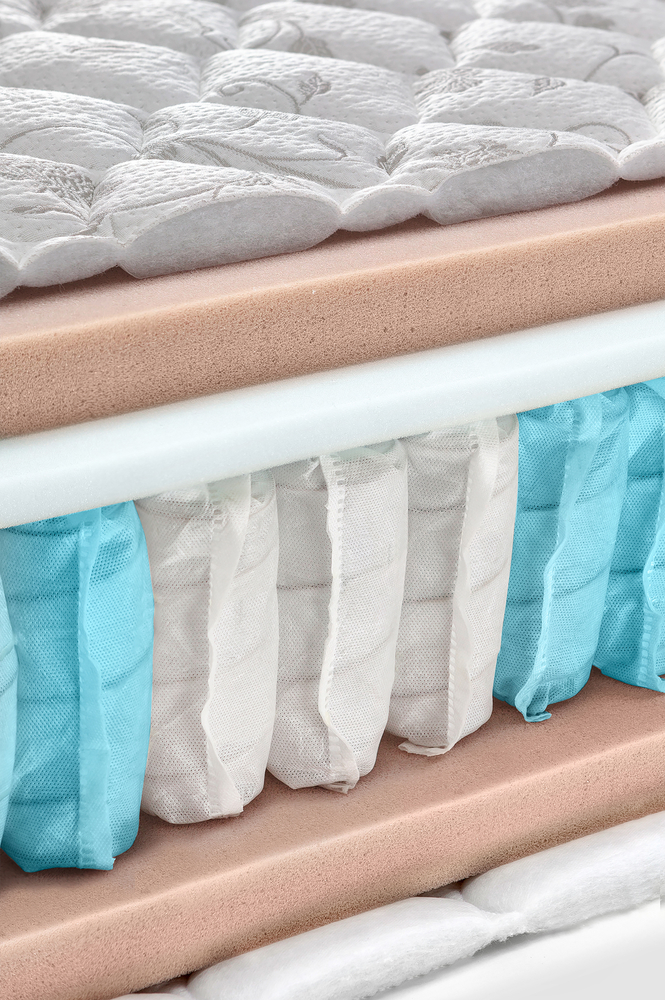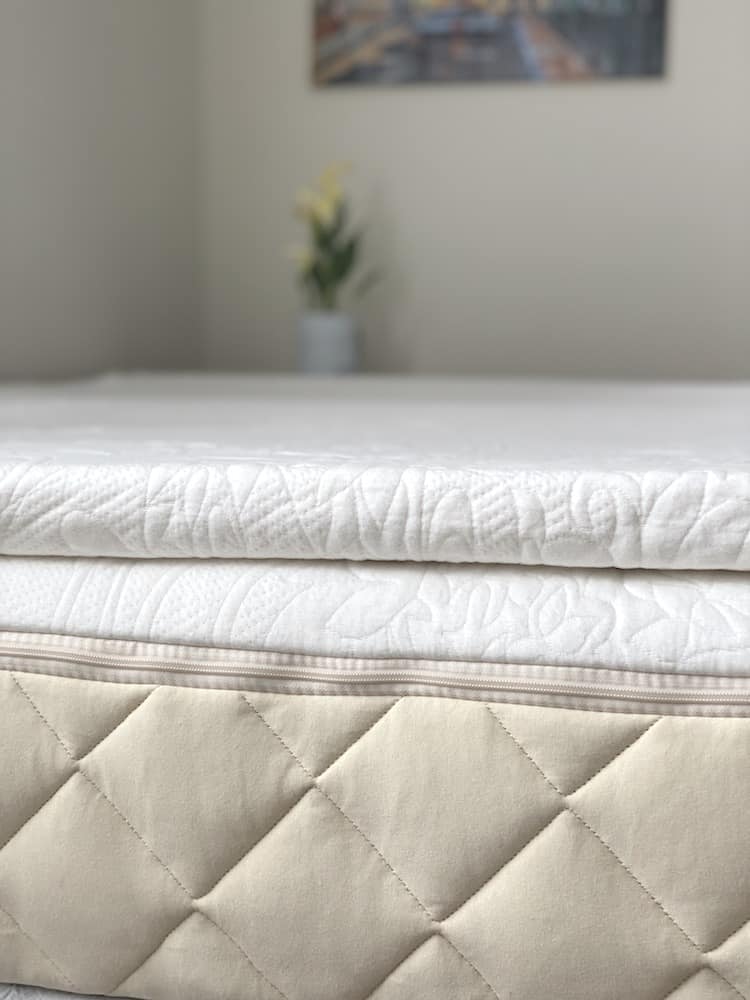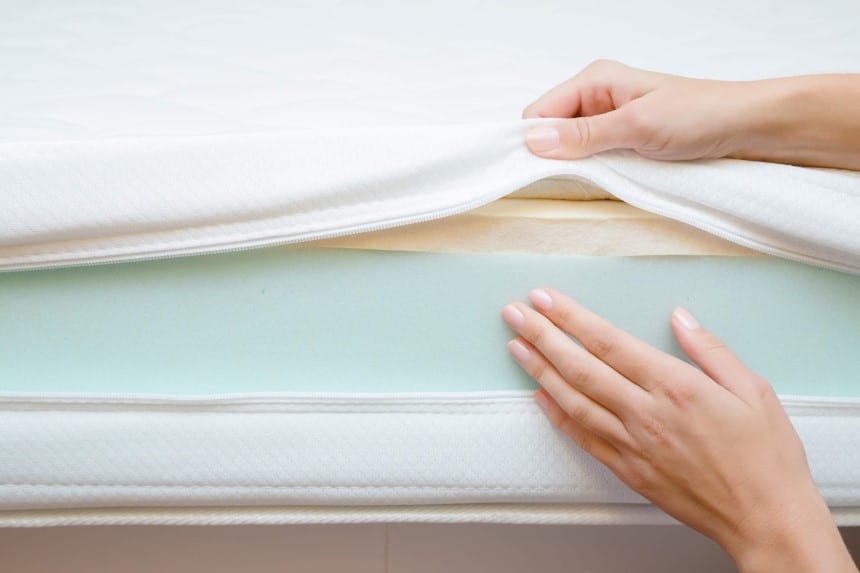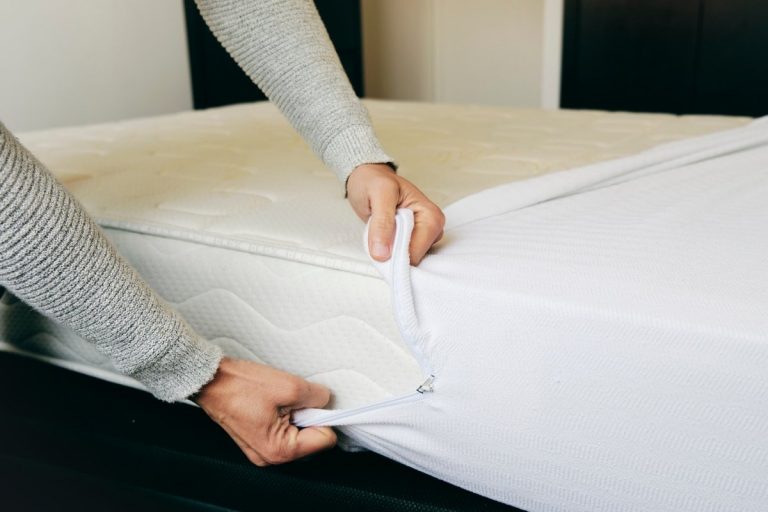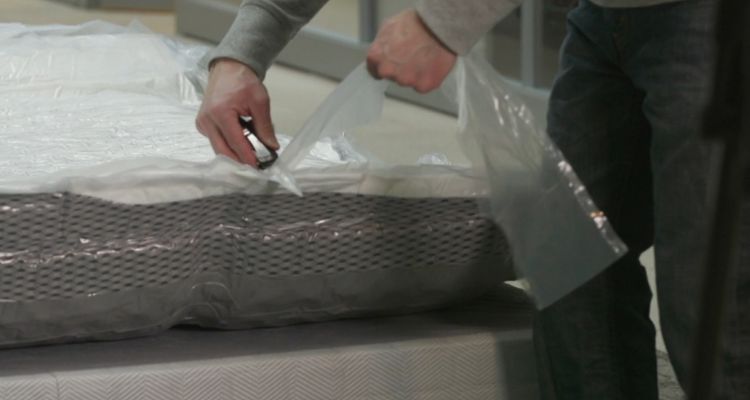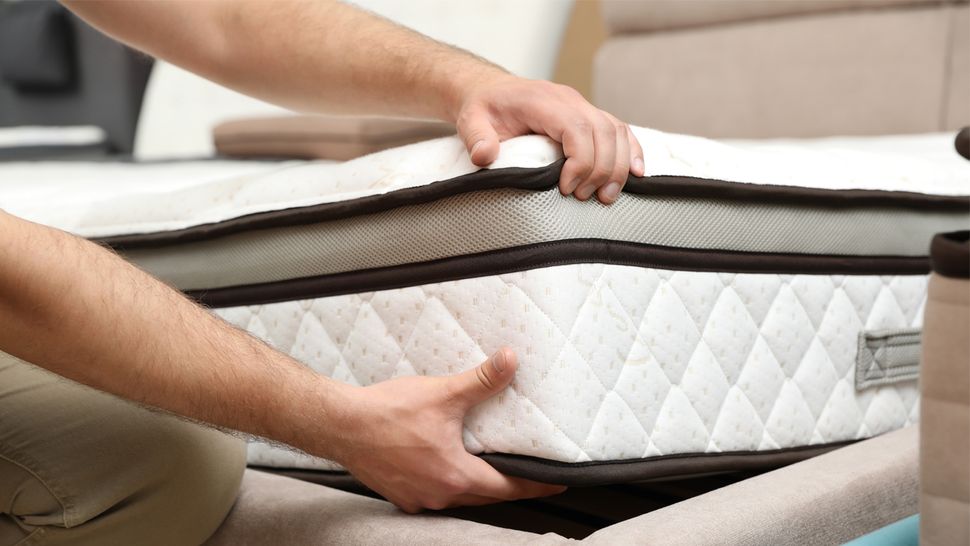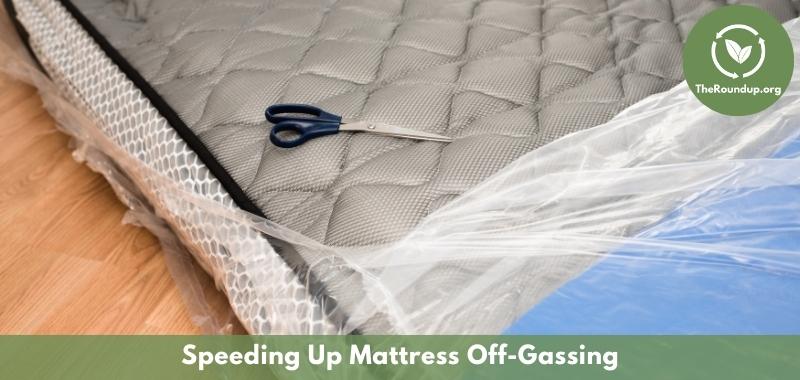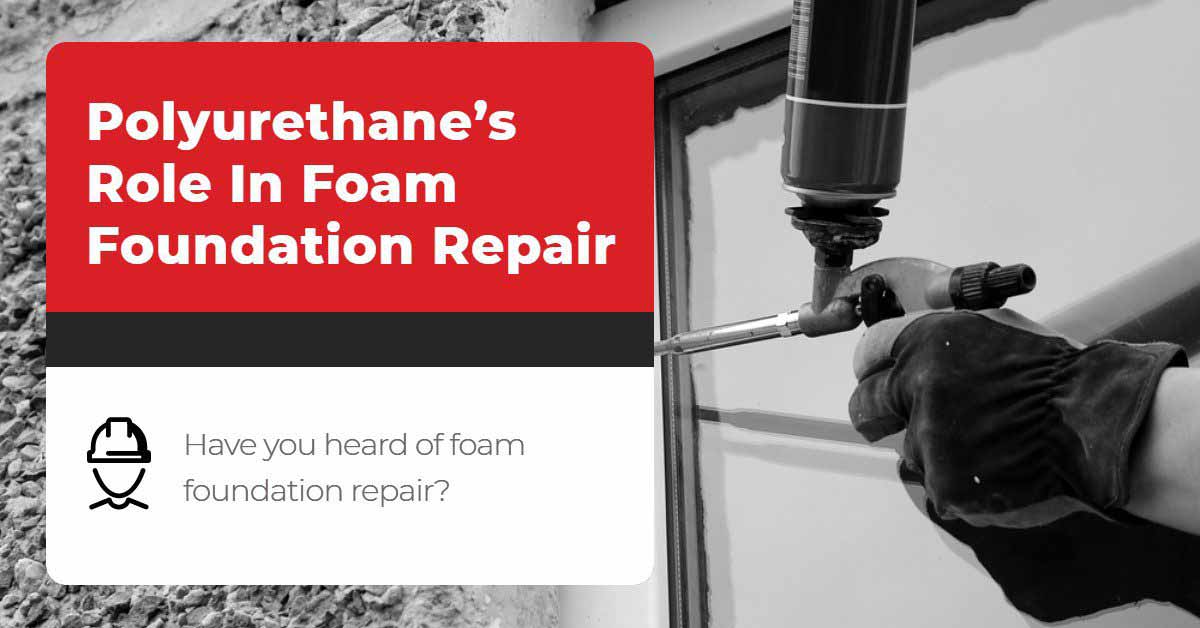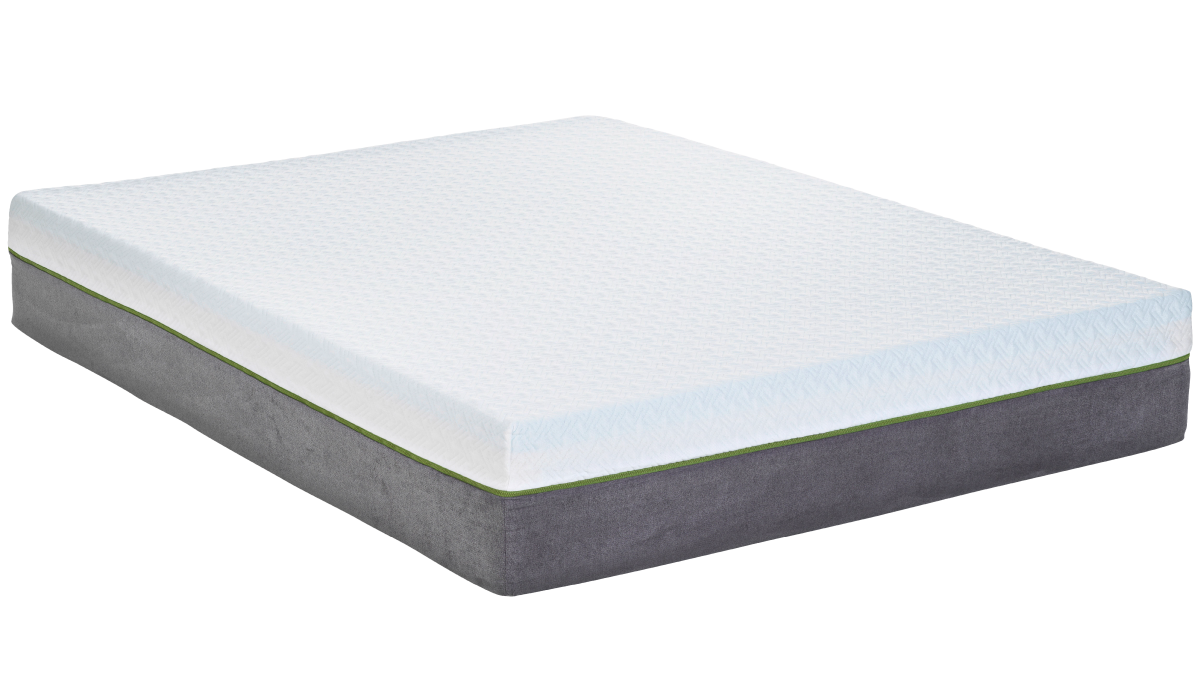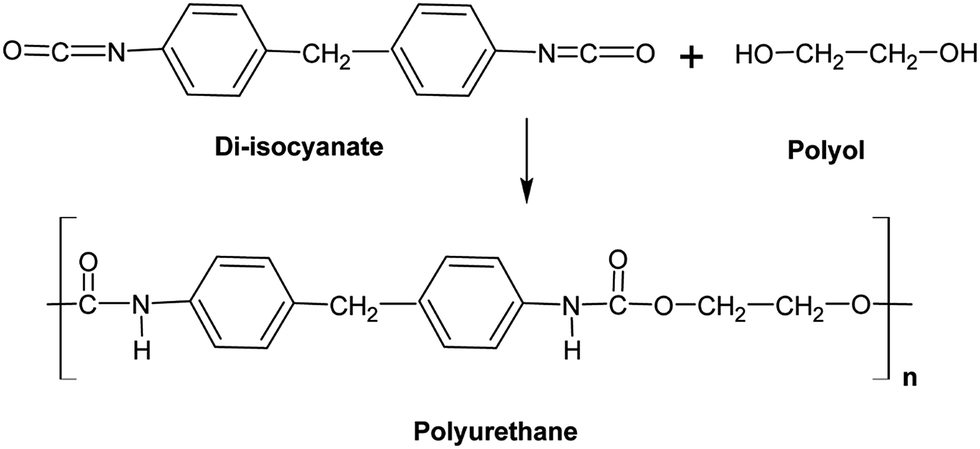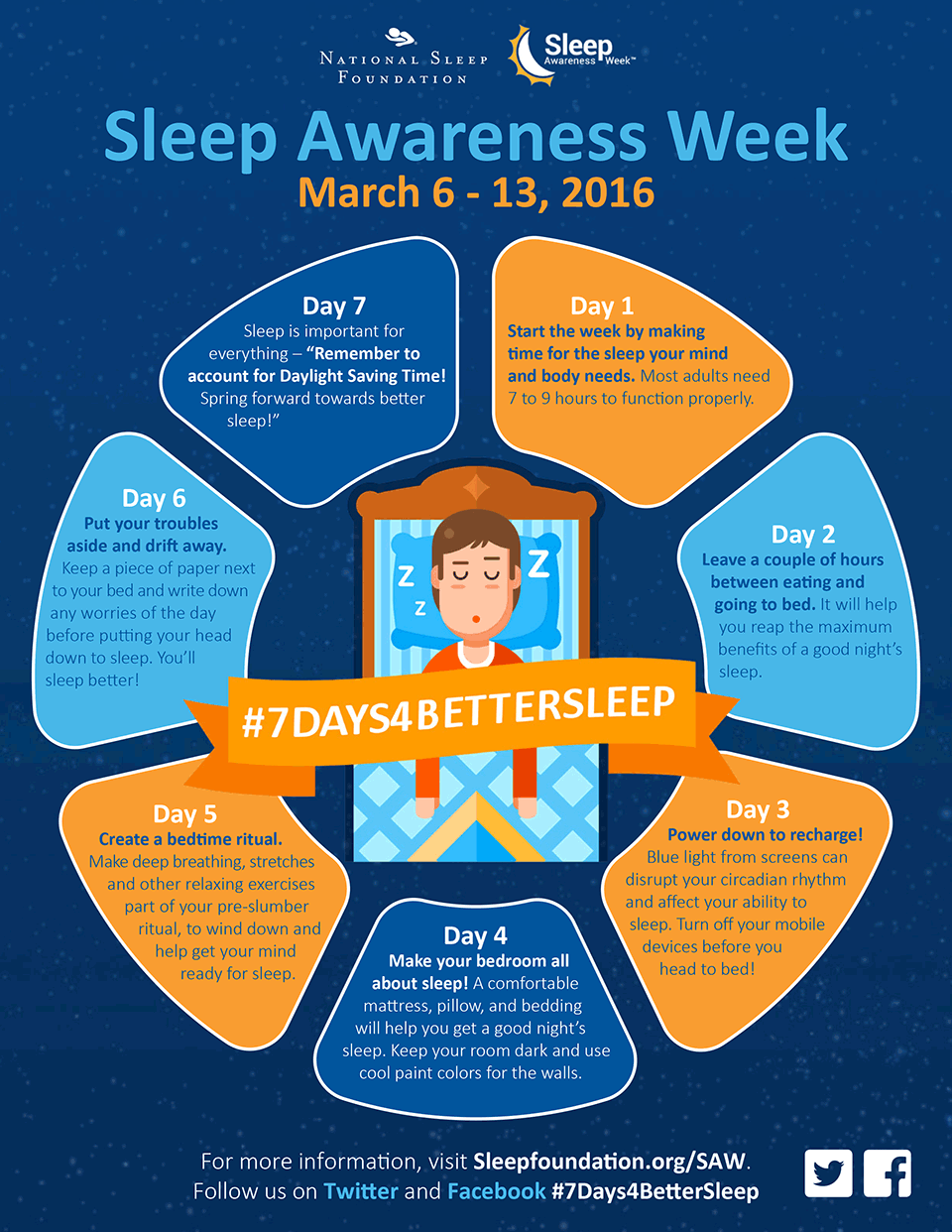Polyurethane Foam Mattresses and Cancer: What You Need to Know
When it comes to cancer, many people are aware of the importance of maintaining a healthy diet and avoiding exposure to harmful chemicals. However, one potential source of exposure to toxic chemicals that often goes overlooked is our mattresses. In recent years, there has been growing concern over the link between polyurethane foam mattresses and cancer. As such, it's important to understand the potential health risks associated with these popular bedding options and how to make more informed decisions when it comes to choosing a safe and non-toxic mattress for cancer patients.
The Link Between Polyurethane Foam Mattresses and Cancer
Polyurethane foam mattresses are made from a synthetic material that is derived from petroleum. This material is then treated with various chemicals to create the foam, as well as to provide other desirable qualities such as flame retardancy and durability. However, the process of creating polyurethane foam also releases harmful volatile organic compounds (VOCs) into the air, which can be inhaled and absorbed by the body.
Studies have shown that exposure to certain VOCs, such as benzene and formaldehyde, has been linked to an increased risk of cancer. In fact, the International Agency for Research on Cancer has classified formaldehyde as a known human carcinogen. And since we spend approximately one-third of our lives sleeping on our mattresses, it's important to consider the potential long-term effects of exposure to these chemicals.
Understanding the Potential Health Risks of Polyurethane Foam Mattresses
In addition to the potential link to cancer, there are other potential health risks associated with polyurethane foam mattresses. These include respiratory issues, skin irritation, and hormonal disruptions. This is because the chemicals used in the production of these mattresses can off-gas, releasing potentially harmful compounds into the air that we breathe while we sleep. These chemicals can also be absorbed through the skin, as our bodies come into direct contact with the mattress.
How to Choose a Safe and Non-Toxic Mattress for Cancer Patients
For cancer patients, it's important to choose a mattress that is free from harmful chemicals and VOCs. Look for mattresses that are made from natural materials such as organic cotton, wool, or natural latex. These materials are less likely to off-gas and are generally considered safer options for those with health concerns. It's also important to look for mattresses that are certified as low-VOC or have been independently tested for harmful chemicals.
Additionally, consider opting for a mattress that has not been treated with flame retardants, as these chemicals have also been linked to health concerns. Some mattresses may use naturally flame-resistant materials, such as wool, instead of chemical treatments. It's also important to note that just because a mattress is labeled as "organic" does not necessarily mean it is free from chemicals, so be sure to do your research and read labels carefully.
The Dangers of Flame Retardants in Polyurethane Foam Mattresses
As mentioned, flame retardants are often used in the production of polyurethane foam mattresses to meet safety standards. However, many of these chemicals have been linked to serious health concerns, including cancer. In fact, some flame retardants have been found to be more harmful than the fires they are meant to prevent. These chemicals can also break down over time, creating a dust that can be inhaled or absorbed by the body.
If you are concerned about the use of flame retardants in your mattress, consider looking for alternatives that use naturally flame-resistant materials. You can also opt for a mattress that has been treated with a natural flame retardant, such as baking soda or hydrated silica, instead of chemical treatments.
Alternatives to Polyurethane Foam Mattresses for Cancer Patients
If you are concerned about the potential health risks of polyurethane foam mattresses, there are several alternative options to consider. These include mattresses made from natural materials such as organic cotton, wool, natural latex, or even coconut fiber. These materials are generally considered safer and more eco-friendly than synthetic materials and can provide a comfortable and supportive sleeping surface for cancer patients.
The Importance of Proper Mattress Off-Gassing for Cancer Patients
Off-gassing refers to the release of chemicals from a product, such as a mattress. When it comes to polyurethane foam mattresses, off-gassing can be a significant concern for cancer patients. This is because off-gassing can release harmful chemicals into the air that may be inhaled or absorbed by the body, potentially exacerbating health issues or creating new ones.
If you choose to purchase a polyurethane foam mattress, it's important to allow it to off-gas in a well-ventilated area for at least 24-48 hours before using it. This can help to reduce the amount of chemicals that are released into your bedroom and limit your exposure to them.
How to Properly Dispose of Polyurethane Foam Mattresses to Reduce Cancer Risk
When it's time to replace your polyurethane foam mattress, it's important to dispose of it properly to avoid potential harm to the environment and to reduce the risk of exposure to harmful chemicals. Most landfills do not accept mattresses, as they are difficult to break down and take up valuable space. Instead, look for mattress recycling programs in your area, which can help to safely dispose of your old mattress and potentially even recycle its components.
The Role of VOCs in Polyurethane Foam Mattresses and Cancer
As mentioned, volatile organic compounds (VOCs) are released during the production and off-gassing of polyurethane foam mattresses. These chemicals can not only pose a risk to our health, but they can also contribute to air pollution and other environmental issues. By choosing mattresses that are made from natural materials and have been independently tested for low-VOC emissions, we can help to reduce our personal exposure to these chemicals and their impact on the environment.
Tips for Creating a Safe and Healthy Sleeping Environment for Cancer Patients
Aside from choosing a safe and non-toxic mattress, there are other steps you can take to create a healthier sleeping environment for cancer patients. This includes regularly cleaning and airing out your bedroom, avoiding synthetic fragrances and air fresheners, and using natural cleaning products. You may also want to consider using an air purifier to help remove any potential toxins from the air.
It's also important to wash your bedding regularly in hot water to reduce the buildup of dust and allergens, and to choose bedding made from natural materials. Additionally, consider using a mattress protector to prevent any potential off-gassing or chemical exposure from your mattress.
Polyurethane Foam Mattress: Debunking the Myth of Cancer Risk
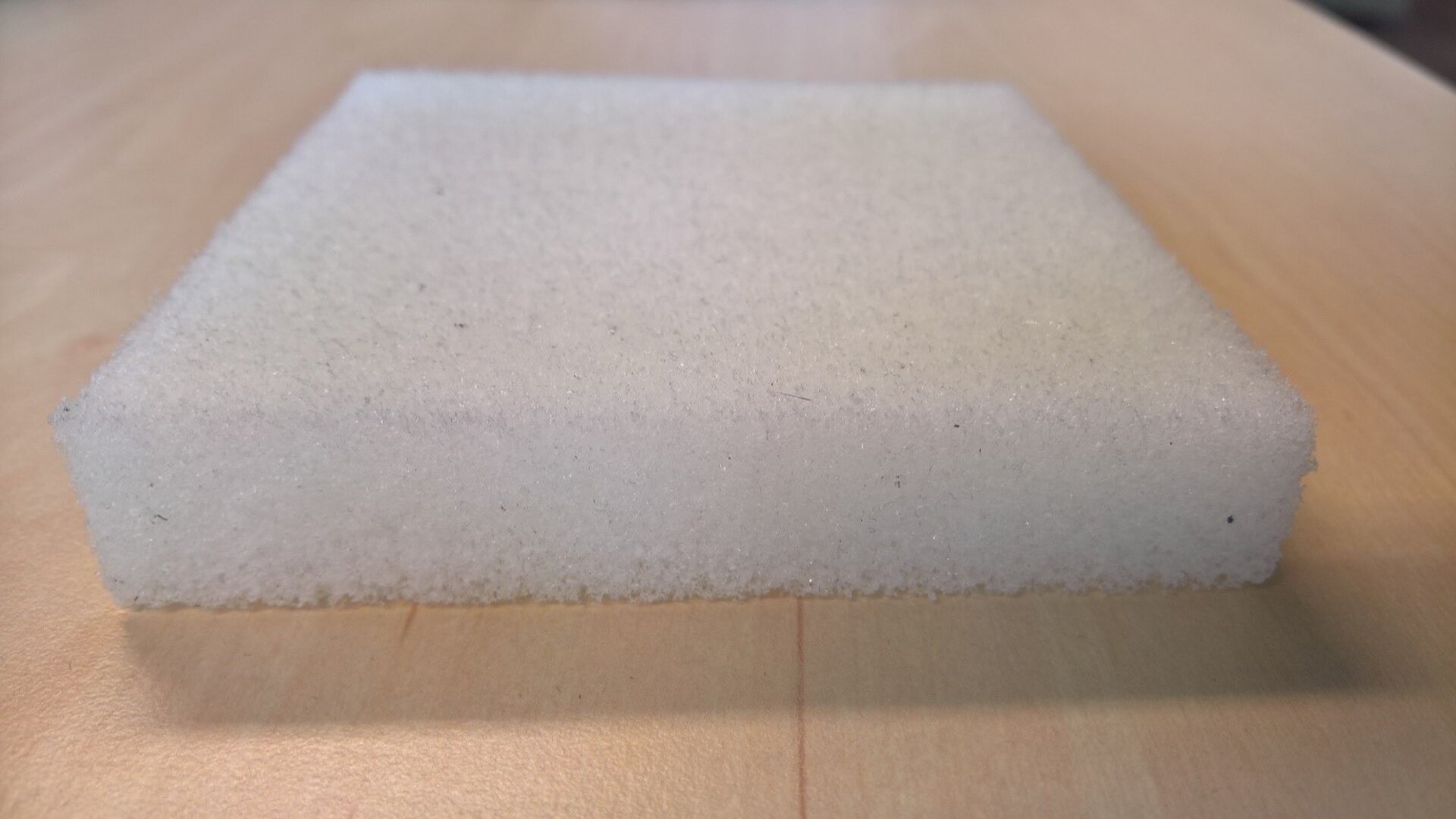
The Link Between Polyurethane Foam Mattresses and Cancer
 There has been much speculation and concern surrounding the use of polyurethane foam mattresses and their potential link to cancer. Polyurethane foam, a synthetic material commonly used in household products such as mattresses, furniture, and car seats, has been rumored to contain harmful chemicals that could increase the risk of cancer. However, this claim has been largely debunked by scientific research and experts in the field.
Polyurethane foam mattresses are made from a combination of polyol, a petroleum-based product, and diisocyanates, a chemical compound. It is the presence of diisocyanates that has sparked fear among consumers, as these chemicals have been linked to respiratory issues and even cancer in certain studies. However, it's important to note that the level of diisocyanates found in polyurethane foam mattresses is extremely low and well within safe limits set by government regulations.
There has been much speculation and concern surrounding the use of polyurethane foam mattresses and their potential link to cancer. Polyurethane foam, a synthetic material commonly used in household products such as mattresses, furniture, and car seats, has been rumored to contain harmful chemicals that could increase the risk of cancer. However, this claim has been largely debunked by scientific research and experts in the field.
Polyurethane foam mattresses are made from a combination of polyol, a petroleum-based product, and diisocyanates, a chemical compound. It is the presence of diisocyanates that has sparked fear among consumers, as these chemicals have been linked to respiratory issues and even cancer in certain studies. However, it's important to note that the level of diisocyanates found in polyurethane foam mattresses is extremely low and well within safe limits set by government regulations.
The Truth About Polyurethane Foam Mattresses and Cancer
 In response to the concerns about diisocyanates in polyurethane foam mattresses, the Environmental Protection Agency (EPA) conducted a thorough investigation and concluded that the levels of these chemicals present in mattresses pose no significant health risk. Additionally, the American Chemistry Council's Center for the Polyurethanes Industry (CPI) conducted their own study and found that there is no evidence to suggest a link between polyurethane foam mattresses and cancer.
Furthermore, polyurethane foam mattresses undergo a rigorous manufacturing process that involves curing the foam at high temperatures, which effectively eliminates any trace amounts of diisocyanates. This process, along with the low levels of chemicals used in the production of polyurethane foam, makes it unlikely for these mattresses to pose any health risks, including cancer.
In response to the concerns about diisocyanates in polyurethane foam mattresses, the Environmental Protection Agency (EPA) conducted a thorough investigation and concluded that the levels of these chemicals present in mattresses pose no significant health risk. Additionally, the American Chemistry Council's Center for the Polyurethanes Industry (CPI) conducted their own study and found that there is no evidence to suggest a link between polyurethane foam mattresses and cancer.
Furthermore, polyurethane foam mattresses undergo a rigorous manufacturing process that involves curing the foam at high temperatures, which effectively eliminates any trace amounts of diisocyanates. This process, along with the low levels of chemicals used in the production of polyurethane foam, makes it unlikely for these mattresses to pose any health risks, including cancer.
Choosing the Right Mattress for Your Health
 While there is no evidence to support the claim that polyurethane foam mattresses cause cancer, it's understandable for consumers to be cautious and want to make informed decisions when it comes to their health. If you are still concerned, there are alternative options such as organic or natural latex mattresses that do not contain any synthetic materials. It's important to do your research and choose a mattress that fits your individual needs and preferences.
In conclusion, there is no solid evidence to support the claim that polyurethane foam mattresses cause cancer. The rumors and speculation surrounding this issue have been largely debunked by scientific research and experts in the field. With proper manufacturing processes and government regulations in place, consumers can rest assured that their polyurethane foam mattress is safe and poses no significant health risks.
While there is no evidence to support the claim that polyurethane foam mattresses cause cancer, it's understandable for consumers to be cautious and want to make informed decisions when it comes to their health. If you are still concerned, there are alternative options such as organic or natural latex mattresses that do not contain any synthetic materials. It's important to do your research and choose a mattress that fits your individual needs and preferences.
In conclusion, there is no solid evidence to support the claim that polyurethane foam mattresses cause cancer. The rumors and speculation surrounding this issue have been largely debunked by scientific research and experts in the field. With proper manufacturing processes and government regulations in place, consumers can rest assured that their polyurethane foam mattress is safe and poses no significant health risks.
.png)



